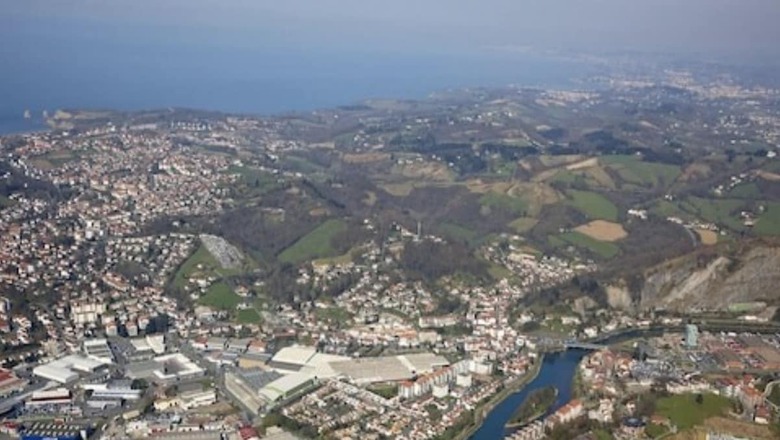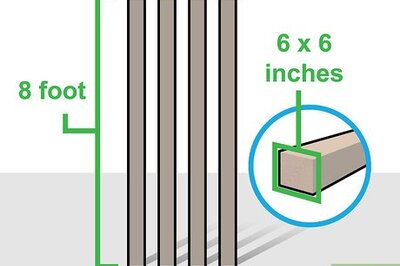
views
The majority of the France-Spain border spans land, crossing the Pyrenees and gracefully adjusting around Andorra. However, the northern section, encompassing the Basque Country, follows the course of a river. Along this river lies a petite island, measuring 200 meters in length and 40 meters in width, with no inhabitants. Despite its small size, this island goes by five different names: Île des Faisans or Île de la Conférence in French, Isla de los Faisanes in Spanish, and Basque, it’s known as either Konpantzia or Faisaien Uhartea Konferentziako Uhartea. Interestingly, all these names translate to either ‘pheasant island’ or ‘conference/treaty island.’ A curious fact is that there are no pheasants on Pheasant Island, likely due to a mistranslation. With a mere 0.00682 square kilometres, it’s improbable to have much of a future as a conference centre.
The distinctive nationality status of Pheasant Island stems from an intriguing historical agreement. From February 1st to July 31st each year, it becomes part of Spain, transitioning to French sovereignty on August 1st for the subsequent six months. This unique arrangement contrasts with the neighbouring larger island, Isla Santiagourra, where the border simply encircles the island, and it remains Spanish throughout the entire year. The origin of Pheasant Island’s peculiar status lies in historical treaties and diplomatic negotiations.
The 1856 Treaty of Bayonne, which formalised Pheasant Island’s unique status, declared that the island, rich in shared historical memories, would undividedly belong to both France and Spain. Considering the era’s international treaties, which often lacked thorough consultation with locals, the absence of inhabitants on the island likely made it a convenient and uncontested territory. The emphasis on ‘historical memories’ might have reflected a recognition of shared cultural significance or simply a pragmatic decision to avoid disputes over this small and uninhabited piece of land, providing a neutral space along the border.
Given its lack of regular transport and uninhabited status, visiting Pheasant Island poses a challenge. However, if you desire to explore, your best opportunity may come during the Journée du Patrimoine (heritage open day). It is the only time when the island opens to the public.
















Comments
0 comment